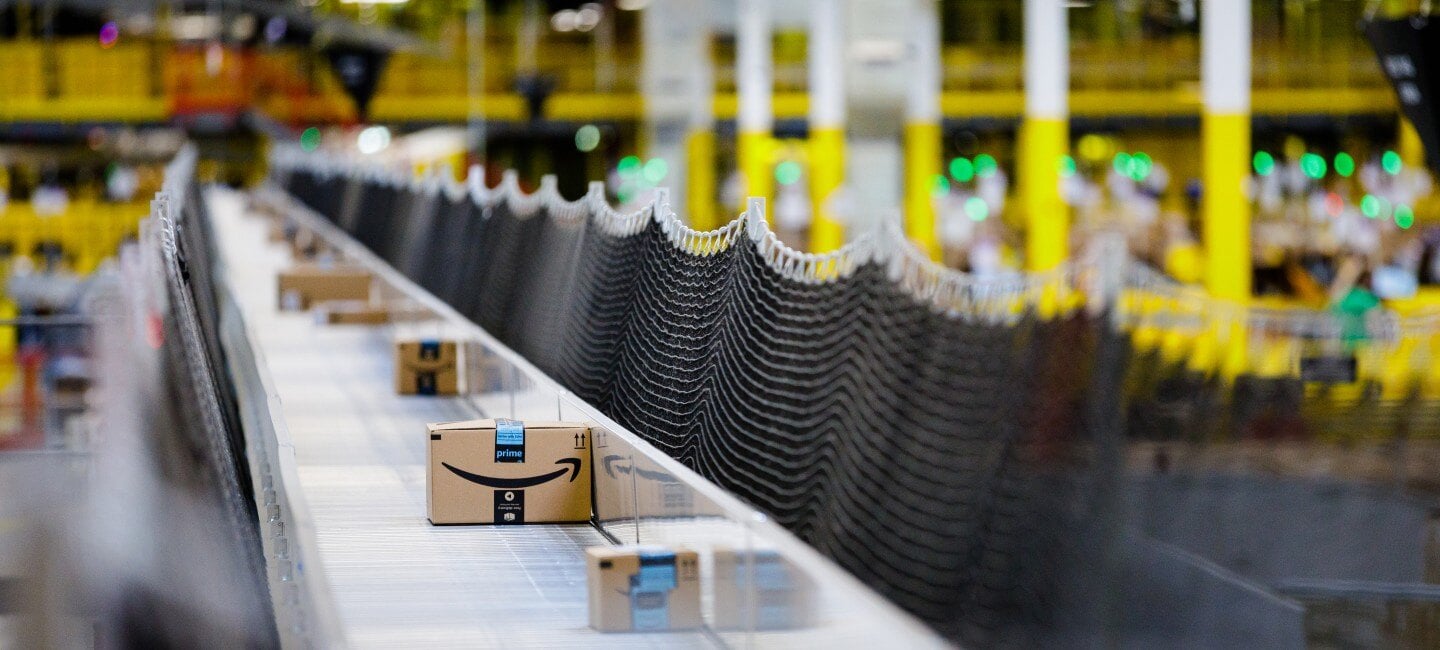4 min read
Amazon Explained: What is Fulfilled by Amazon (FBA)?
Amazon offers a unique service that has helped create massive amounts of savings for its users since its launch in 2006. FBA, or Fulfillment by...
2 min read
Podean : 06/28/2021

Amazon replaced their “per item” limit on FBA warehousing with a “per client”, i.e. per Seller Central account, limit.
Note that the limits are quite low, even for established brands. The announcement was made by Amazon on April 22, 2021, and it was effective immediately so took many brands by surprise. Since then, we see the Restock Inventory Limits change multiple times in a day and drastic reductions of allowable units by 60% recently, and we believe that this erratic behavior was most likely driven by the Prime Day & Week event that occurred on June 21.
In Seller Central, you can see your current stock limits, these amounts can fluctuate daily, if not more often.
Some challenges and considerations/solutions:
Wise to develop a backup plan
Podean recommends every Brand on AMZ US Seller Central set up an alternative ASIN under Fulfilled by Merchant (FBM) as a backup to Fulfillment by Amazon (FBA), which you are already using. The items may not arrive in the typical Prime timeframes*, but you can satisfy the demand. You could use your D2C fulfillment from your warehouse or a third-party logistics company (3PL).
FBM lessens the negative impacts described earlier under the “Why the policy change” section, plus mitigates other unforeseen FBA events and AMZ policies that put brands at a disadvantage operationally:
If you’d like to discuss this issue in more detail with a Podean expert, please contact us.

4 min read
Amazon offers a unique service that has helped create massive amounts of savings for its users since its launch in 2006. FBA, or Fulfillment by...

There’s no escaping the fact that, for some brands, Amazon represents digital retail’s wild west, rife with counterfeiters, unauthorized third party...

3 min read
Post written by Mark Power, Founder & CEO Podean Amazon For CMO’s launches September 24. Reserve your free Kindle version now. “Hey Mark, I have a...
